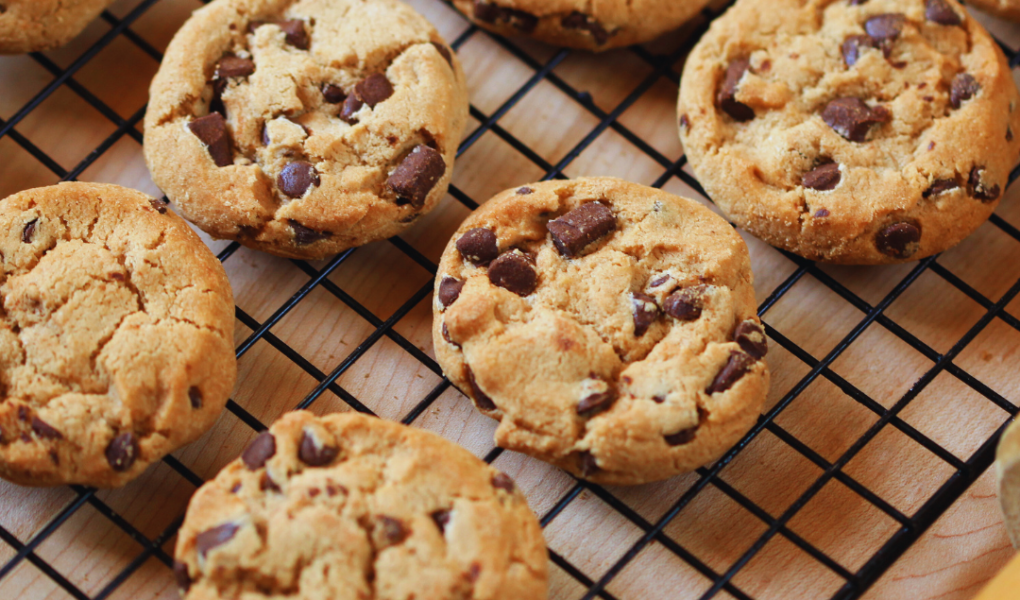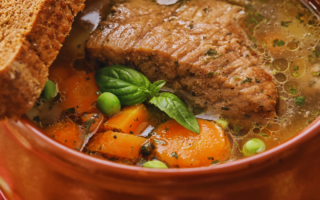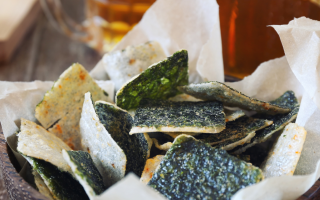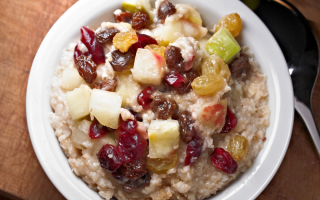Baking can be a rewarding experience, but it often comes with its own set of challenges. Many bakers encounter a range of common issues that can lead to unsatisfactory results. Understanding these problems and their solutions can significantly improve the baking experience and outcomes.
From cakes that don’t rise to cookies that spread too much, knowing how to troubleshoot these issues is essential for any baker looking to refine their skills. Mistakes can happen at any stage, whether it’s the mixing process, oven temperature, or ingredient quality. Identifying the root cause can help bakers make necessary adjustments for better results.
By exploring these recurring problems, bakers can gain insight into how to avoid them in the future. Each common baking issue has its own set of solutions that can turn a potential failure into success. This article will cover the most prevalent baking challenges and practical tips to overcome them effectively.
Fundamentals of Baking a Perfect Cake
Baking a cake successfully requires a good grasp of ingredients and precise baking techniques. Understanding the role of each component and maintaining the right conditions in the oven is crucial for achieving a perfect texture and flavor.
Understanding Ingredients and Measurements
Baking is a science, and accurate measurements are vital. Common ingredients include all-purpose flour, baking powder, and baking soda. Each serves a specific function, such as providing structure or leaving the cake.
A kitchen scale is highly recommended for precise measurements. For instance:
- Flour: Use the spoon and level method to avoid packing.
- Leavening Agents: Check expiration dates; stale baking powder or soda can lead to flat cakes.
Using cold ingredients, especially eggs, and butter, helps achieve better incorporation, leading to optimal texture.
Optimizing Oven Temperatures and Baking Times
Oven temperature significantly impacts the cake’s outcome. An oven thermometer is essential to verify the actual temperature, as many home ovens can be off by several degrees. Typical baking temperatures range from 325°F to 375°F. Lower temperatures allow for even cooking, while higher temperatures promote quick rising.
Timing is equally important. Cakes generally require 25 to 35 minutes, depending on thickness and pan type. To test for doneness, insert a toothpick; it should come out clean. Using parchment paper can help prevent sticking and ensure even baking.
Common Cake Baking Problems and Solutions
Baking a perfect cake can be a challenging experience. Common issues often arise, such as soggy bottoms, sunken centers, and dryness. Addressing these specific problems can greatly enhance the quality of the final product.
Preventing a Soggy Bottom
A soggy bottom can occur due to undercooking or excessive moisture. To minimize this issue, the following tips should be considered:
- Use Proper Baking Pans: Choose heavy-duty metal pans for better heat conduction.
- Ensure Even Baking: Position the oven rack in the center and avoid opening the oven door frequently.
- Check Doneness: Use a toothpick or cake tester. It should come out clean from the center.
- Cool Correctly: Let the cake cool in the pan for a short time, then transfer it to a wire rack. This prevents moisture from accumulating.
By following these steps, one can significantly reduce the chances of a soggy bottom.
Dealing with a Sunken Cake
A sunken cake is often a result of insufficient leavening or opening the oven door too soon. To correct this:
- Check Leavening Agents: Verify that baking powder or baking soda is fresh. Expired agents may not provide the necessary lift.
- Don’t Overmix: Mixing batter too much can incorporate excess air, leading to a collapse.
- Bake at Recommended Temperature: Ensure the oven is preheated and set to the correct temperature for the entire baking duration.
- Avoid Overloading with Ingredients: Adding too many heavy ingredients like fruit can weigh down the batter. Stick to recommended amounts.
Implementing these tips can help maintain the cake’s structure.
Avoiding a Dry or Dense Cake
A dry or dense cake often results from using too much flour or not enough moisture. To combat this problem:
- Measure Ingredients Accurately: Use the spoon-and-level method for flour to avoid excess.
- Incorporate Moisture: Include ingredients like yogurt or buttermilk to enhance moisture content.
- Mixing Techniques: Combining wet and dry ingredients should be gentle to avoid gluten development, which can lead to density.
- Mind the Baking Time: Keep a close watch on the baking time as overbaking is a common cause of dryness.
These approaches ensure a moist and fluffy cake, free from unwanted density.
Techniques for Mixing and Preparing Cake Batter
Effective mixing and preparation techniques are crucial for creating the perfect cake batter. Understanding methods like creaming, incorporating air into egg whites, and melting chocolate accurately is essential for avoiding common baking mishaps.
The Creaming Method
The creaming method is fundamental in cake baking. This technique begins by beating softened butter with sugar until the mixture is light and fluffy. The aeration created during this process helps to produce a tender cake.
Key Steps:
- Butter Temperature: Ensure butter is at room temperature for optimal creaming.
- Mixing Time: Cream for about 3 to 5 minutes for best results.
- Addition of Eggs: Incorporate eggs one at a time, ensuring each is fully mixed before adding the next.
Improper creaming can lead to dense cake batter, resulting in a less enjoyable texture.
Incorporating Air into Egg Whites
Incorporating air into egg whites is vital for creating volume in cakes. Whipping egg whites until stiff peaks form allows them to trap air, which will help the cake rise during baking.
Key Techniques:
- Clean Bowl: Use a clean, dry bowl to prevent fatty residues from affecting the egg whites.
- Gradual Sugar Addition: Slowly adding sugar while whipping stabilizes the meringue structure.
- Folding: Gently fold the whipped egg whites into the batter to maintain the airiness.
Failure to properly incorporate egg whites can lead to flat cakes, thereby diminishing the cake’s lightness.
Melting Chocolate without Mistakes
Melting chocolate is often necessary for certain cake recipes, but it can be tricky. Proper techniques are essential to avoid burning or seizing the chocolate.
Melting Methods:
- Double Boiler: Using a double boiler allows for gentle heat distribution. Avoid letting water touch the chocolate.
- Microwave: Microwave in short bursts, stirring in between, to maintain a controlled temperature.
- Adding Fats: Incorporating a small amount of butter or oil can improve texture and prevent seizing.
Fumbled melting processes may result in unusable chocolate, which can affect the overall quality of the cake batter.
Final Touches for Achieving the Perfect Cake
To ensure a perfect cake, attention to detail in the final stages is essential. Specific techniques can help achieve the desired texture and flavor, making the cake a true standout.
Using a Cake Tester
A cake tester is a simple yet essential tool for baking. It allows a baker to check the doneness of a cake without disturbing its structure. To use a cake tester, insert it into the center of the cake. If it comes out clean or with a few crumbs, the cake is ready. If wet batter sticks to the tester, it requires more baking time.
For best results, check the cake a few minutes before the recipe’s suggested baking time. This helps prevent overbaking, which can lead to a dry cake. A traditional toothpick can work in a pinch but may not be as effective. Choose the right tool for the perfect finish.




